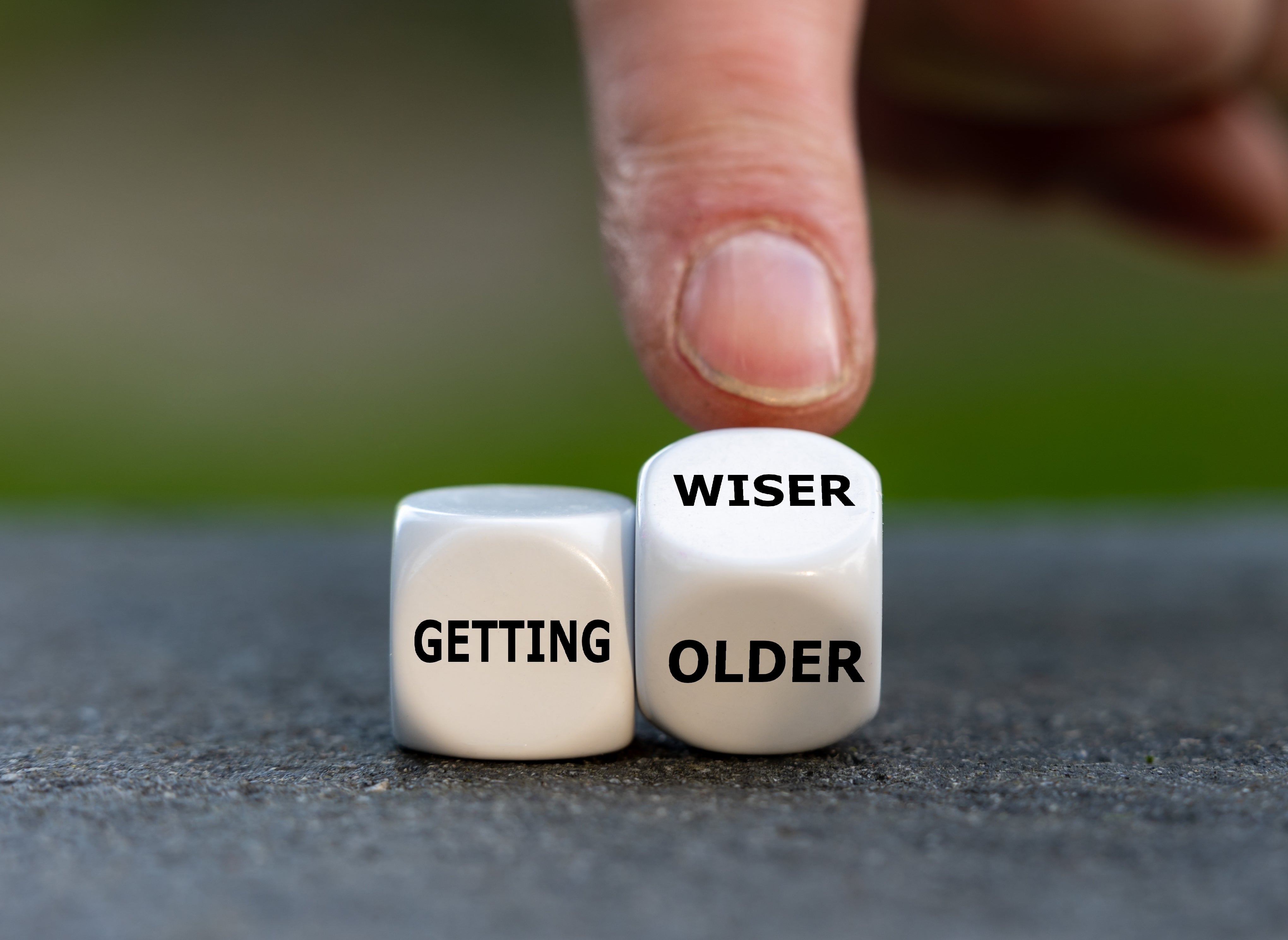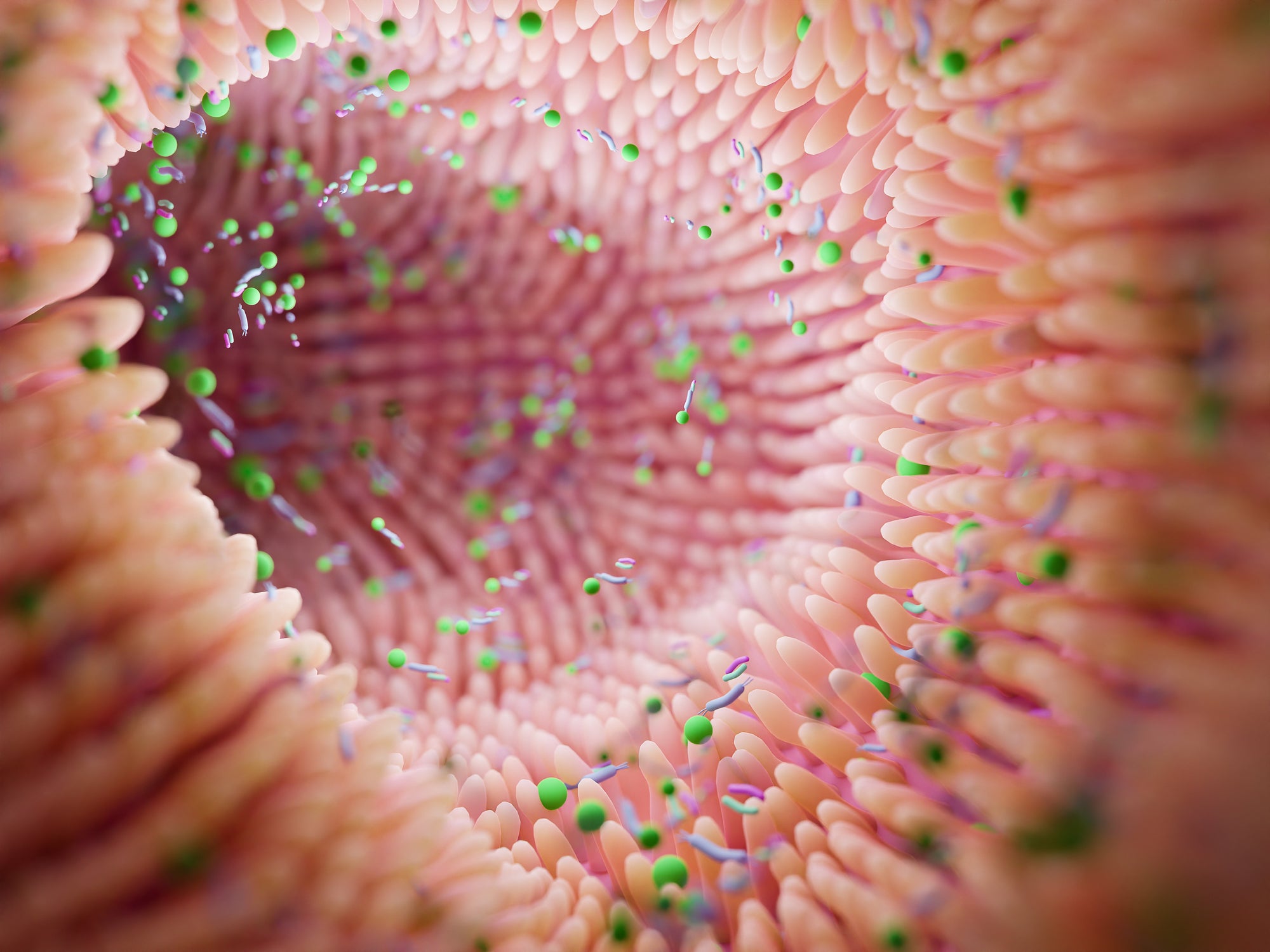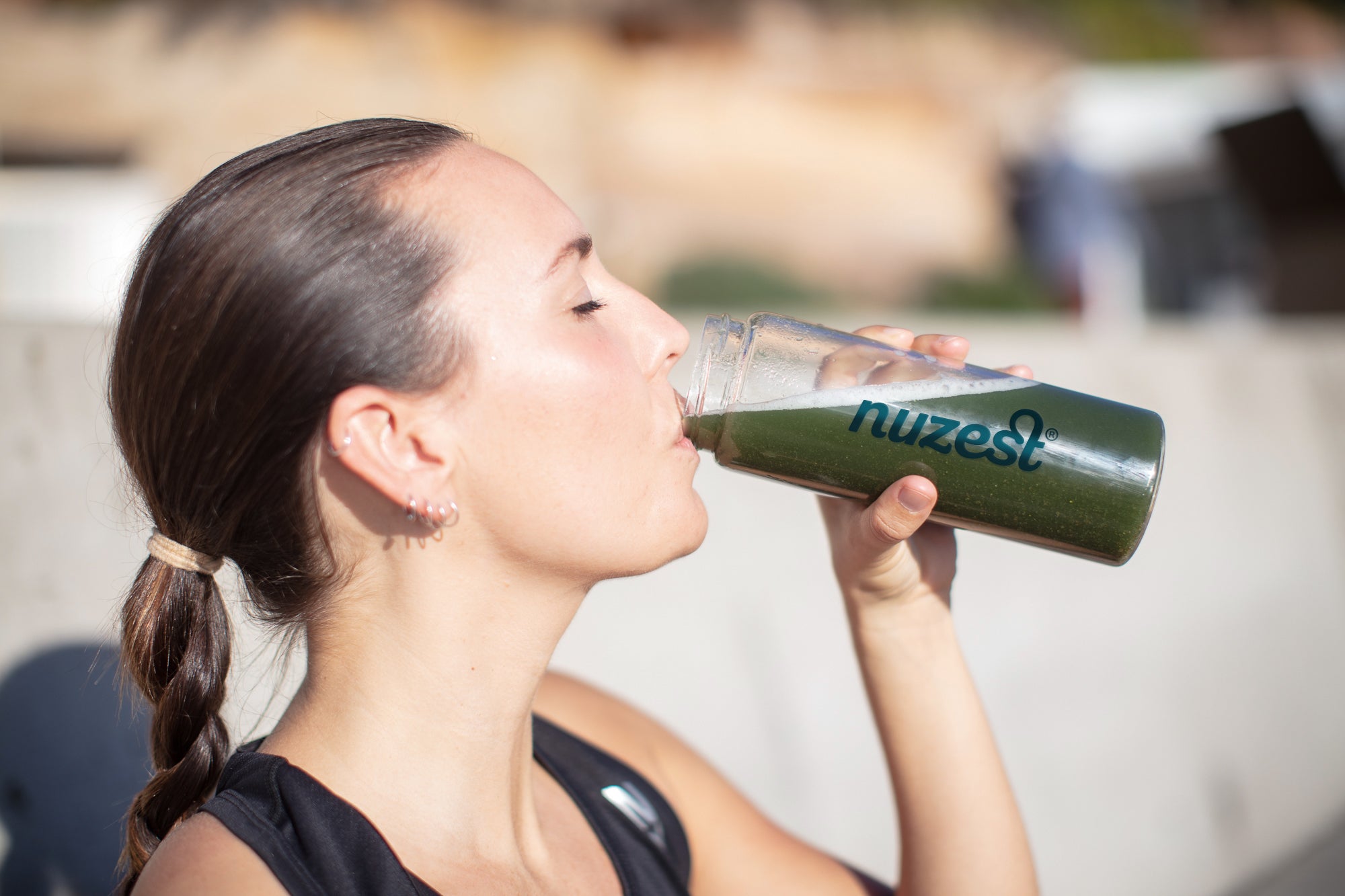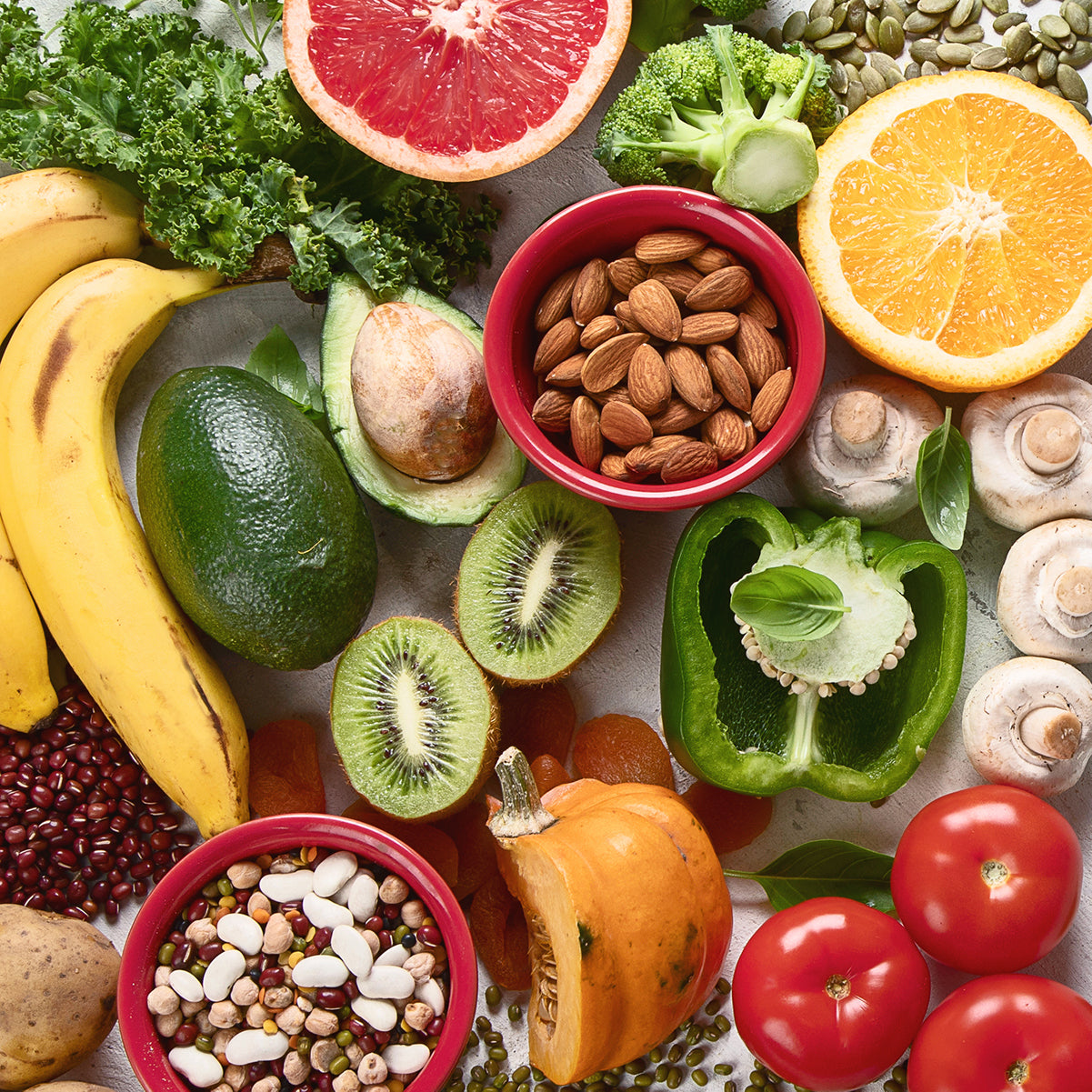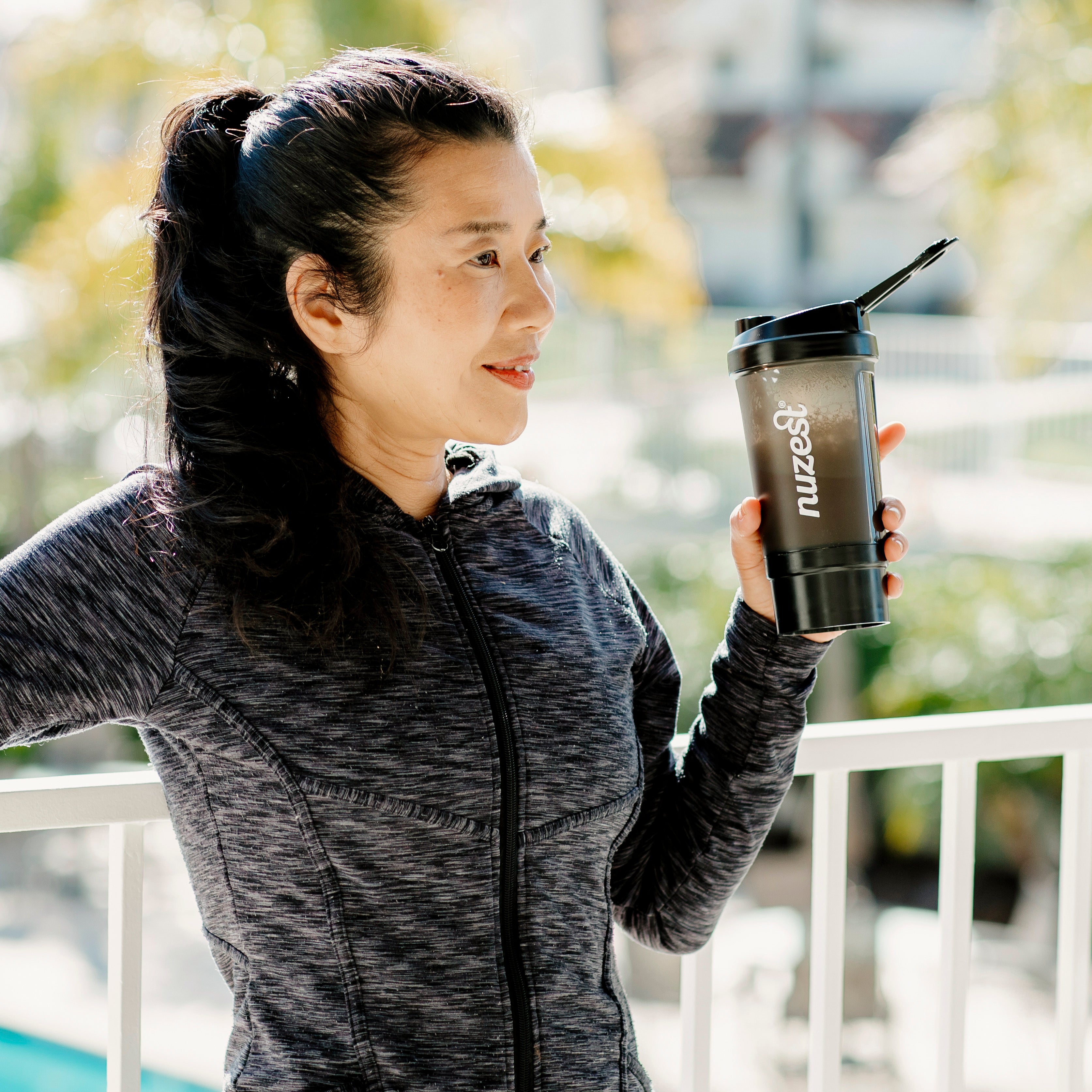Energy is the stuff we generate from burning fuel. It runs all the processes in our body, effectively keeping us alive. We sometimes think of food as energy, but it's really an energy source rather than energy itself. We can get energy from any of the three groups of macronutrients, namely fats, carbs and protein. As you'll be reminded when you read the Nutrition Facts on the back of food labels, fats yield over twice as much energy as the other two groups. A molecule called ATP (which stands for adenosine triphosphate), is actually the body's key fuel and we have microscopic energy-producing factories in our cells, especially muscle cells, that exist specially to provide us with all-important ATP that can be generated from fats, carbs or proteins. These are called mitochondria (Fig 1).
While we need to eat food to give us energy so that we can go about our lives, it's important to realise that food is so much more than an energy source. Food is actually better thought of as information for the body. In it are a gamut of other compounds and molecules that help a bunch of different pathways in the body to work properly. For example, if you don't have sufficient levels of particular micronutrients like B vitamins, vitamin C, magnesium, iodine and biotin, your body finds it difficult to create energy from food. More than that, we need compounds from colourful pigments in plants so that our immune systems can work effectively, our gut bacteria have the resources they need to work on our behalf and to scavenge and neutralise free radicals produced through the body's normal activity.
Unless you are paralysed or severely ill, nearly every one of us has the capacity to move very quickly, at least for very short periods of time, be this for a few seconds rather than minutes. (Yes, even the world's number one couch potato has this capacity!) This ability is gifted to us through evolution and it's what made us capable of the 'flight and fight' response that's been essential to our survival. This response requires healthy lashings of adrenaline combined with readily available ATP from a compound we all have in our bodies in small amounts called creatine phosphate. This ATP, delivered through what is known as our creatine phosphate (CP or phosphagen) system, gives us enough energy for immediate but very short bursts of activity lasting just a few seconds.
If the couch potato were to find his house on fire, the chances are he'd run out the door pretty quickly rather than face being toast because he didn't feel up to moving. The CP system would rip him off the couch and get him flying in the direction of the exit and then when that immediate energy source was burned, some five or six seconds later, he'd have to rely on one or other of his other two energy systems; this is exactly the same process used by our ancestors when confronted head-on by a sabre-toothed tiger.
If we need to keep going for more than a few seconds, we need to rely on a different energy system. As alluded to above, we have two main options: we either burn fats, carbs or proteins without oxygen in a series of reactions called anaerobic glycolysis. Or we burn our fuels in the presence of oxygen in a process we refer to as aerobic respiration. The former is effectively our short-term energy system, as distinct from the CP or immediate energy system we spoke of above. The latter is our long-term energy system. If you want to run a marathon, long-distance cycle, mow the lawn or vacuum your house, you'll be using your aerobic system. Having good aerobic fitness is about burning fuel efficiently at moderate levels of intensity, and still being able to put down reasonable power but not incurring an oxygen debt that pushes you above your aerobic threshold. Your anaerobic system is different in that its purpose if for shortish bursts of high intensity activity. You can only use it for a few minutes at a time because you can't sustain the oxygen debt for too long and lactic acid build-up in your muscles, a side effect of this energy system, tells you to back off.
The anaerobic system yields a bit of energy as ATP and requires adequate amounts of readily accessible fuel, especially as glucose, a simple unit of carbohydrate. By contrast, your long-range endurance system, aerobic respiration, is there for you to keep going, as long as your overall fitness can manage. If you're well trained, you can literally function in aerobic mode all day long. While you're at it you can still deliver occasional bursts of energy in anaerobic or even CP mode, but you'll soon want to back it off to a more moderate pace if you're planning on walking, running, rowing or cycling for most of the day. The aerobic system relies on ATP being produced in your mitochondria, which hang out especially in muscle tissue. Bigger, stronger, leaner muscles have more mitochondria and mitochondria of greater volume. People who are frail have fewer mitochondria and weaker muscles. Aerobic respiration produces creates around 17 times more energy as ATP through reactions within the mitochondria called the Krebs or citric acid cycle and the Electron Transport Chain than the aerobic glycolysis that takes place in the muscle tissues outside the mitochondria (Fig. 1).
The body's fuel of choice for the aerobic system is fat. It delivers, as I said above, over twice as much energy as compared with burning carbs or protein. The reason we all have a tendency to put on fat around our middle and under our skin (adipose fat) is precisely so we can use it as a fuel when we need it. The trouble is, many of us have lost the ability to burn fats efficiently and this is increasingly thought to be one of the reasons why overweight and obesity have become such a problem in so many societies. More on that in our next article.
(Fig 1)















